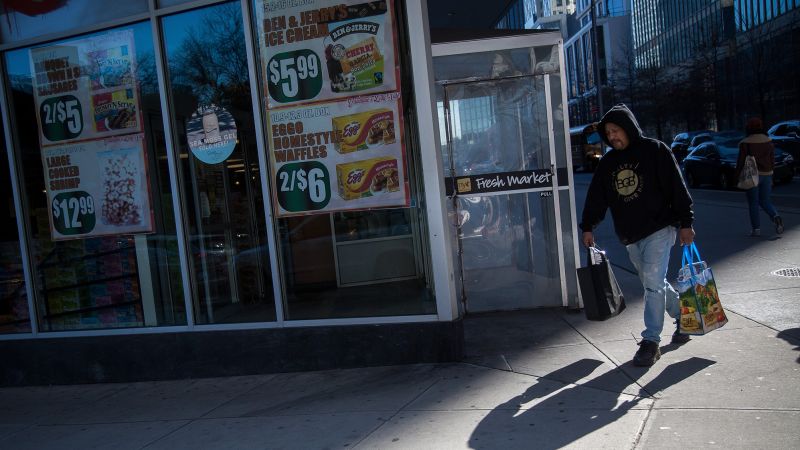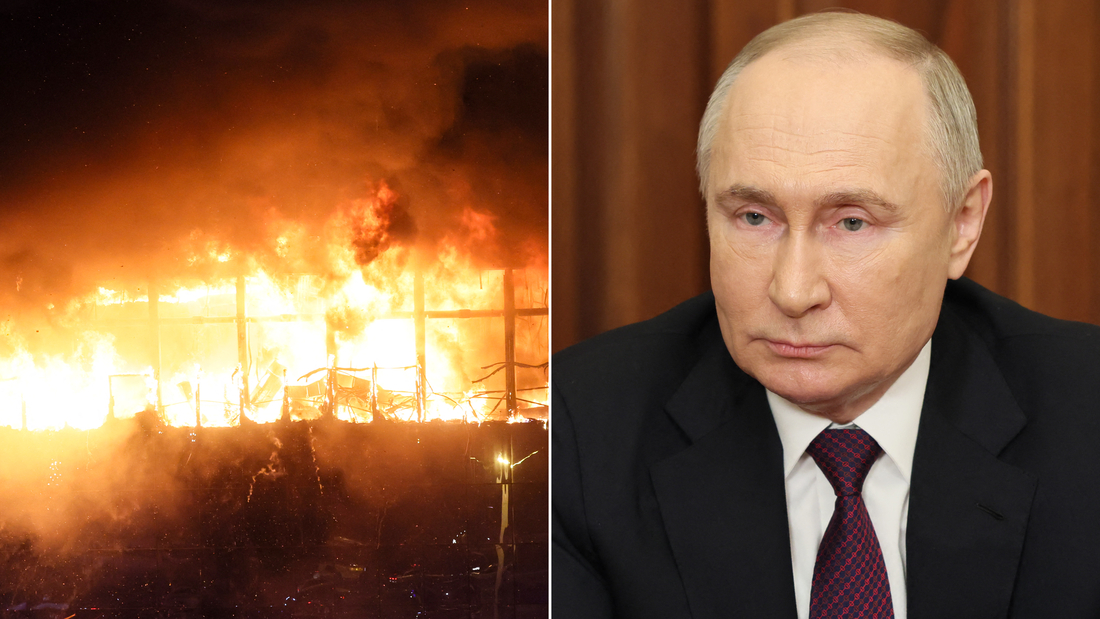London
CNN
—
The latest inflation figures from the United States, the United Kingdom and the European Union are feeding hopes that the worst is over and some relief for struggling households could arrive soon.
Annual inflation in the United States slowed to 6.4% in January, easing for the seventh consecutive month. In Europe, inflation is running at 8.5% after peaking at 10.6% in October. In the United Kingdom, which faces weaker economic prospects than its peers, the rate of price increases is also falling: In January, annual inflation dipped to 10.1% from a recent high of 11.1% this past fall.
But inflation remains uncomfortably high and is many times pre-pandemic norms. More worryingly, beneath those headline figures are signs that the fight against steep price rises is far from won, fanning fears that elevated inflation could become embedded into parts of the economy where it’s hard to eradicate.
“The bottom line is inflation is still a problem,” said Torsten Slok, chief economist at Apollo Global Management. His analyses of recent data, he added, showed that price rises could be “persistent.”
One indicator stands out. In the United States, the Federal Reserve Bank of Atlanta publishes a version of the Consumer Price Index that tracks “sticky” prices. It’s based on a basket of items whose prices change less frequently, such as housing, medical fees and personal care products, and it’s monitored for signs that high inflation could have staying power.
“Sticky-Price CPI” for January held at 6.7% year-over-year, its highest level since 1982, even as “Flexible-Price CPI,” which tracks items including food and gas, has pulled back sharply.
Economists and the Federal Reserve are also keeping a close eye on prices for services. The price of buying car insurance, going to the movies or a concert and getting a haircut all climbed in January, both month-over-month and on an annual basis. That’s concerning, given the huge role services play in the US economy.
“What happens to services will be very important,” said Ben May, director of macroeconomic research at Oxford Economics.
Two data points that arrived Wednesday and Thursday heightened investor anxiety about inflation. Retail sales jumped by 3% in January compared with the previous month, the largest increase in almost two years. That’s a problem, given that getting Americans to spend less is crucial to the Fed’s anti-inflation campaign.
Producer prices for January also came in stronger than expected, highlighting ongoing inflationary pressures.
In the European Union and the United Kingdom, the recent slump in global energy costs is expected to lead to a substantial drop in inflation later this year. Thanks to aggressive stockpiling, a pullback in demand and relatively mild weather this winter, the region has dodged nightmare scenarios of energy shortages, which could have propped up prices.
This week, the European Commission lowered its outlook for headline inflation as a result. It now projects that inflation among the 20 countries that use the euro will fall to 5.6% this year and 2.5% in 2024.
But power prices remain well above historical averages, which will continue to pile pain on households and businesses for some time. And the International Energy Agency has cautioned that, unless demand is reduced further, Europe could see energy shortfalls this year. That could push prices up again.
“Inflation will relinquish its grip on purchasing power only gradually over the coming quarters,” said EU Economy Commissioner Paolo Gentiloni.
Food prices also continue to rise at an alarming rate, especially as wages fail to keep up with soaring costs. In the United States, groceries have become 11.3% pricier over the past year, while in the United Kingdom, prices of food and non-alcoholic beverages leaped at an annual rate of 16.7% in January.
In the euro zone, food, alcohol and tobacco prices gained 14.1% on an annual basis.
This time around, inflation has particularly tangled roots. It was driven higher by an explosion of demand for goods from people stuck at home during the pandemic and then made worse by Russia’s war in Ukraine. But, according to May of Oxford Economics, there’s still a lack of clarity on what exactly caused the situation to spin out of control, and what policymakers can do to fix it.
That’s one reason central bankers, who have been working hard to tame surging prices, have recognized that the process could be drawn-out.
“There has been an expectation that [inflation] will go away quickly and painlessly,” Fed Chair Jerome Powell said earlier this month. “It will take some time.”
How much time remains subject to significant debate.
“We’re still in that really uncertain zone,” May said. “We know inflation will end the year lower than it is now and, in all honesty, quite lower, but the speed of the fall will depend on a lot of factors that are quite hard to predict.”




